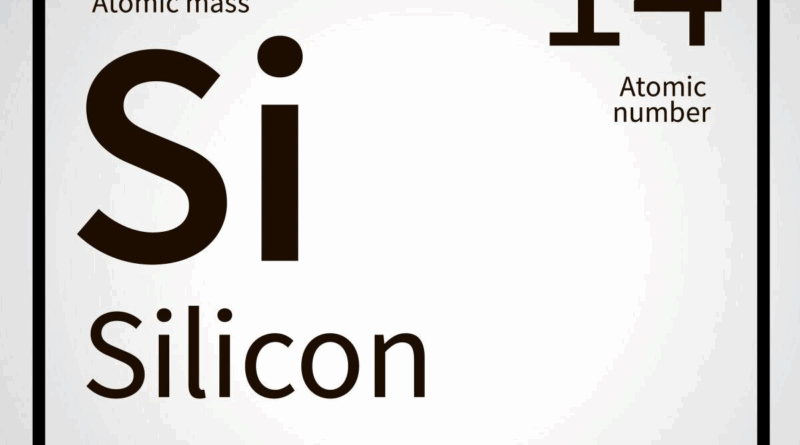Mastering the Semiconductor Century: From First Principles to Global Power
Every era has its engine. For the Industrial Revolution, it was steam. For the digital revolution, it is silicon. Semiconductors — tiny slivers of doped material etched with nanometer precision — power smartphones, AI servers, EVs, and satellites. Small enough to rest on your fingertip, yet powerful enough to shift economies and geopolitics.
To understand the present and prepare for the future, one must understand semiconductors. Mastery here is not instant but a journey — part physics, part design, part strategy.
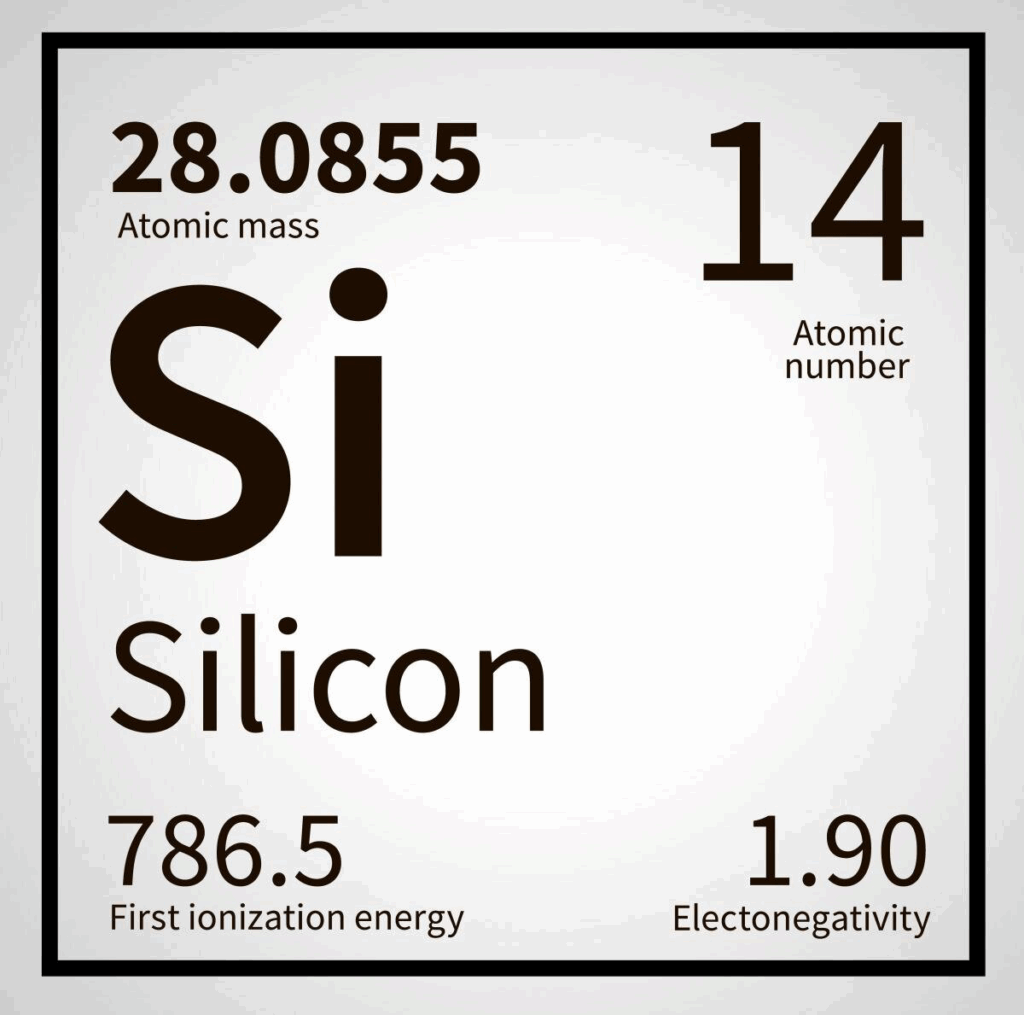
Step 1: Where It All Begins — The Physics of Silicon
At the core is a paradox: silicon is neither a full conductor nor an insulator. With small tweaks — doping, voltages — it can switch between the two. That duality makes the transistor possible: billions of microscopic switches arranged into logic, memory, and accelerators.
Every stream, call, or click is powered by these switches flipping in nanoseconds. Grasping pn junctions, carrier mobility, and circuits is the true beginning of semiconductor mastery.
Step 2: From Concept to Circuit — Chip Design
Physics explains the switch; design decides what billions of them will do together. Architects map chip functions — decoding 4K video, enabling 5G, or training AI — into blocks. Designers use Verilog or VHDL to blueprint them, while analog specialists handle power and signals.
Verification is the silent giant. Electronic Design Automation (EDA) tools simulate millions of test cases before “tape-out.” For learners, FPGAs are the perfect playground to see ideas leap from code to working hardware.
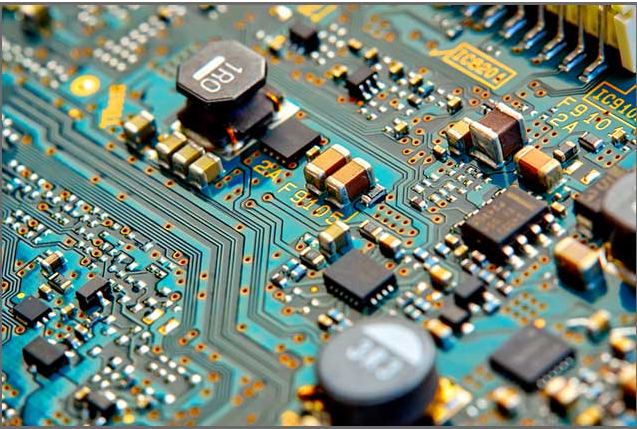
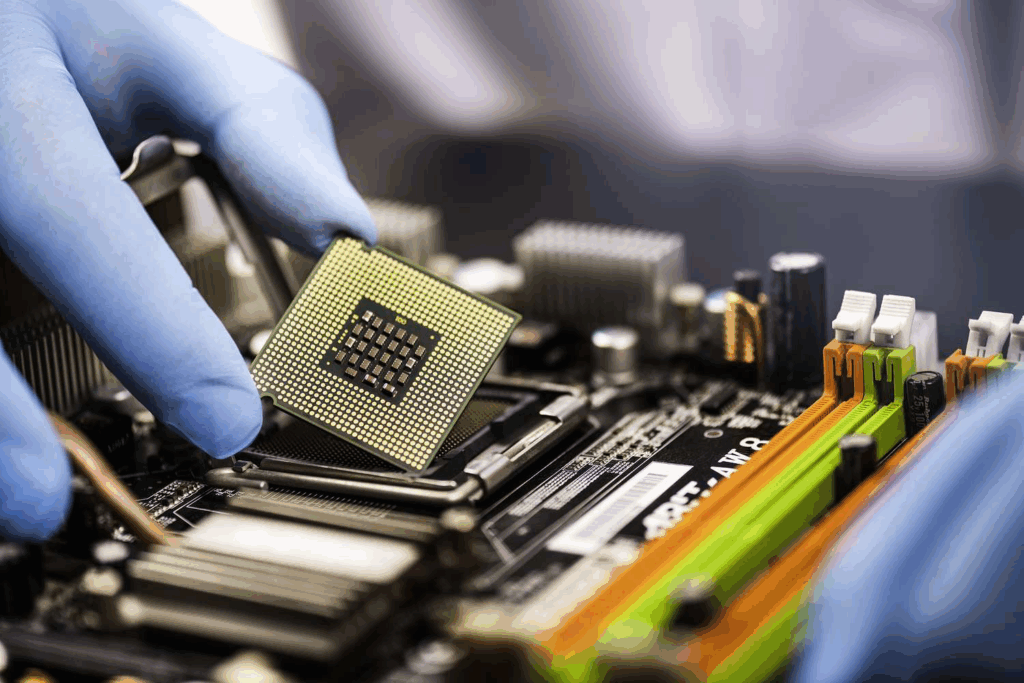
Step 3: The Manufacturing Ballet
Once the design is ready, fabrication brings it to life. In cleanrooms, wafers are coated, etched, doped, and layered in hundreds of steps.
Lithography machines from ASML, using extreme ultraviolet light, project patterns at atomic precision — enabling today’s 3nm and 2nm chips. Deposition, etching, and polishing follow, with each step demanding perfection. A single misalignment can cost millions, reminding us why chips are so valuable and why nations guard fabs as strategic assets.
Step 4: Beyond the Chip — Systems and Chiplets
The industry is shifting from monolithic chips to modular systems. Chiplets — smaller dies connected in one package — allow CPUs, GPUs, and AI accelerators to combine seamlessly.
The Universal Chiplet Interconnect Express (UCIe) standard lets different vendors’ chiplets work together, creating a flexible ecosystem. For future engineers, system-level thinking — balancing power, heat, and interconnect speeds — is now essential.
Step 5: The Global Chessboard
Semiconductors are no longer just technology; they’re strategy. Fabs and supply chains shape national security and economic influence.
India’s Semiconductor Mission, Micron’s Gujarat fab, and Applied Materials’ R&D investments aim to cut dependence on imports. Globally, U.S. export controls on China, Taiwan’s TSMC in a tense geopolitical zone, and Europe’s rush for independence show how chips have become tools of power.
For learners, understanding this context is as critical as transistor equations — because design, manufacturing, and policy are now inseparable.
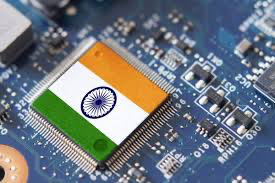
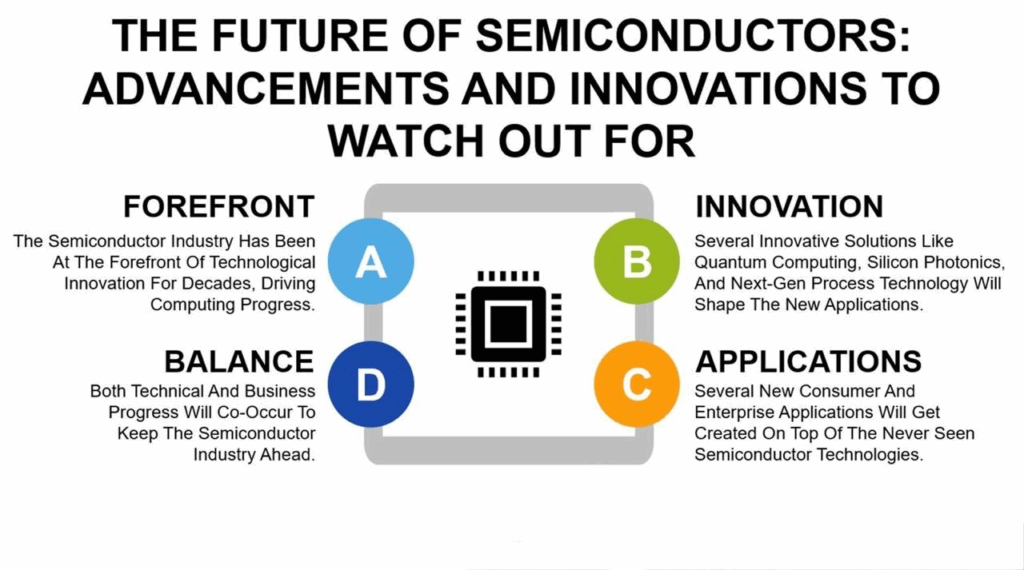
Step 6: Learning by Doing
So how to start? Build step by step:
- Master fundamentals: physics, circuits, and logic.
- Move into design with Verilog and FPGA projects.
- Learn fabrication basics, even virtually
- Explore chiplet ecosystems and packaging.
- Join hackathons, forums, and internships.
- Specialize — in design, manufacturing, or policy.
Each path feeds the larger ecosystem.
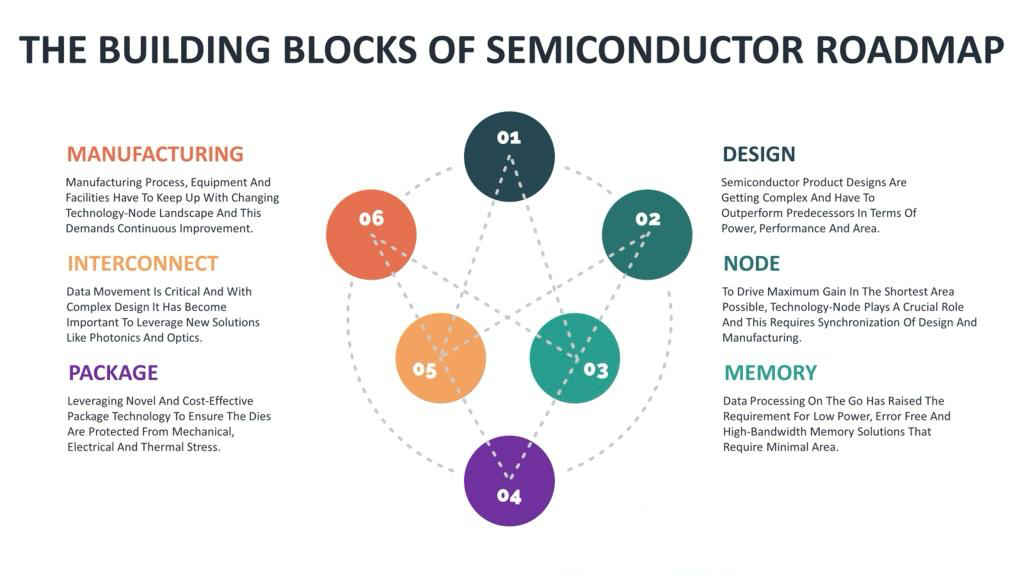
The Long Game of Silicon Mastery
Chips take years to design, months to fabricate, and decades to master. Yet one breakthrough — a safer chemistry, a smarter package, a faster design — can ripple across the globe.
To master semiconductors is to sit at the crossroads of physics, engineering, and geopolitics. It is to hold the levers of tomorrow’s AI, EVs, clean grids, and medical breakthroughs.
Start where you are: read, build, simulate, fail, repeat. Because semiconductors are not just electrons in silicon. They are possibilities — flowing into the future, powered by those who dare to master the silent engines of the digital age.

